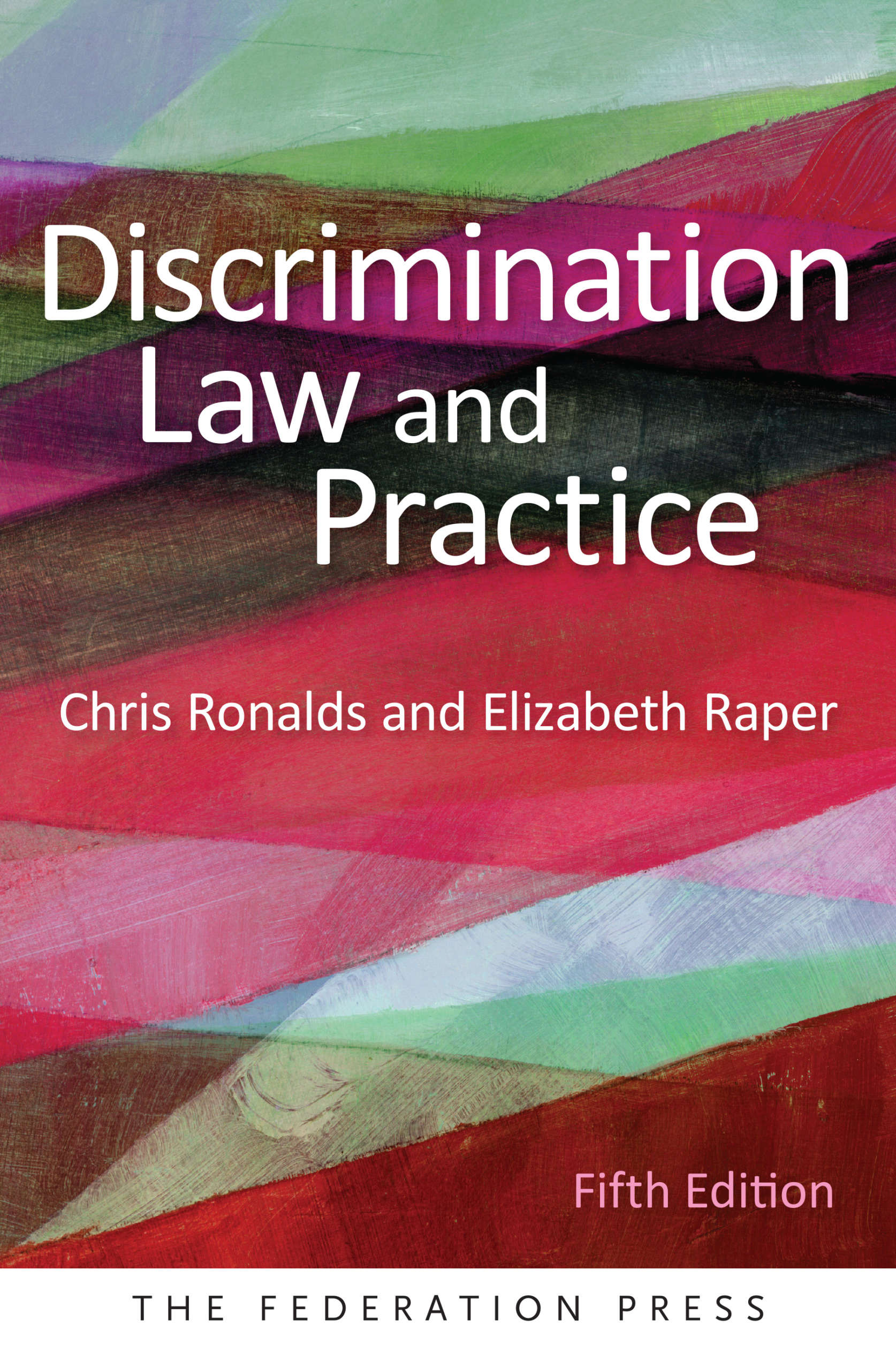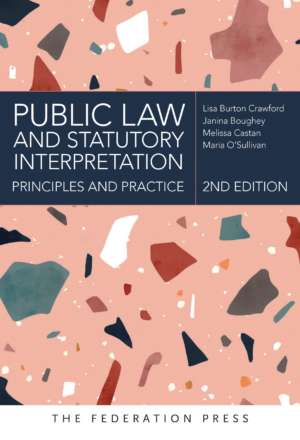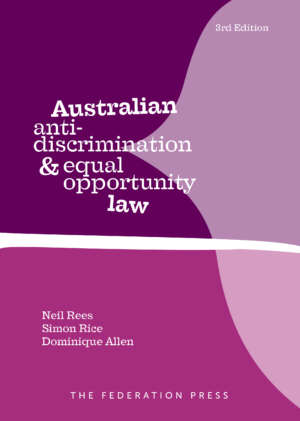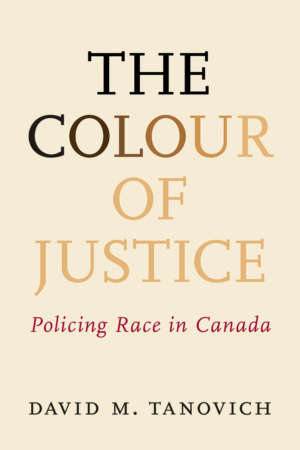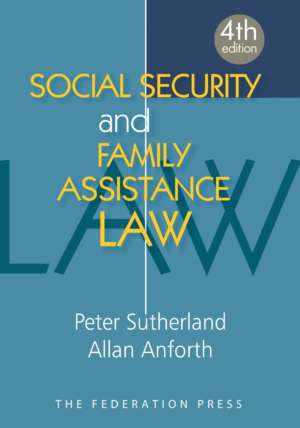Product Description
The fifth edition of Discrimination Law and Practice has been completely updated and provides a comprehensive analysis which simplifies the complex definitions of unlawful discrimination including direct and indirect discrimination, reasonable adjustments and harassment. The book then provides the reader with detailed commentary about the protected areas covered by the legislation including employment, education and the provision of goods and services as well as the available defences.
The book also addresses one of the most challenging aspects of practising in this area – what relief is reasonable to claim. In this context the authors distil recent cases concerning the level and foundation for damages and other relief to ensure that the reader has a clear understanding of the likely stakes and potential outcomes in bringing or defending discrimination claims.
This concise account of discrimination law in Australia, now in its fifth edition by popular demand, brings clarity with depth and is suitable for all involved in this branch of the law including lawyers, business people, human resources practitioners and industrial relations staff, advocates and students.
Preface
Table of Cases
Table of Statutes
1. BACKGROUND AND CURRENT POSITION
Overview
Historical background to legislation
Statutory approach to discrimination
Discrimination laws around Australia
Equal opportunity and affirmative action
Charter of rights
2. GROUNDS OR ATTRIBUTES OF DISCRIMINATION
What is a “ground” or “attribute”?
Specified grounds
Other grounds
3. DEFINITIONS OF DISCRIMINATION
Separate definitions
Direct discrimination
Indirect discrimination
Reasonable adjustment
Equality before the law
4. EMPLOYMENT DISCRIMINATION
Applicants for employment
Unlawful discrimination against an employee
Dismissal from employment
Employment-related matters
Exceptions
Breach of employment contract
Pay equity issues
5. EDUCATION DISCRIMINATION
Coverage
Admission as a student
Students
Expulsion
Curriculum or training courses
Special measures
Disability issues
Private schools
6. HARASSMENT
Defining “harassment”
Sexual harassment in employment
Disability harassment
Racial harassment
Liability
7. VILIFICATION AND RACIAL HATRED
Federal racial hatred legislation
State legislation
8. OTHER AREAS OF DISCRIMINATION
Goods, services and facilities
Accommodation
Access to premises
Clubs
Sport
Administration of Commonwealth laws and programs
Requests for information
Insurance
Superannuation
9. VICTIMISATION AND OTHER UNLAWFUL ACTS AND OFFENCES
Victimisation
Other unlawful acts and offences
Advertisements
Incitement
Other offences
10. LIABILITY, VICARIOUS LIABILITY AND DEFENCES
Vicarious liability
Aiding or permitting
Acts done on behalf of others
Defences
11. GENERAL EXEMPTIONS
Positive measures
Main exceptions
Minor exemptions
Procedural exemptions
12. COMPLAINT-HANDLING PROCESSES
Approaches to conciliation of complaints
The “complainant”
The “respondent(s)”
Time factors
Confidentiality
Termination of complaint
Powers during conciliation
Outcome of conciliation
Agency as a complainant
13. CONDUCTING A HEARING
Federal approach
State approaches
Procedure in the Federal Court and the Federal Circuit Court
14. REMEDIES
Orders in favour of respondent
Orders in favour of applicant
Costs
Enforcement
15. INDUSTRIAL LAWS
Requirement of Fair Work Australia to take into account discrimination law principles
Unfair dismissal
Unlawful termination
General protections (adverse action) claims
Making a choice – dismissal, adverse action or discrimination claim?
Awards and enterprise agreements must not contain discriminatory terms
Equal remuneration applications
16. BULLYING
Bullying defined
Workplace bullying
Cyber-bullying
Causes of action for workplace bullying and cyber-bullying
Who may be liable for workplace bullying or cyber-bullying?
Appendices
Appendix A: Grounds of Unlawful Discrimination
Appendix B: Areas of Unlawful Discrimination
Appendix C: Exceptions to Coverage
Appendix D: Conciliation and Inquiry Powers
Appendix E: Contact Points
Index

